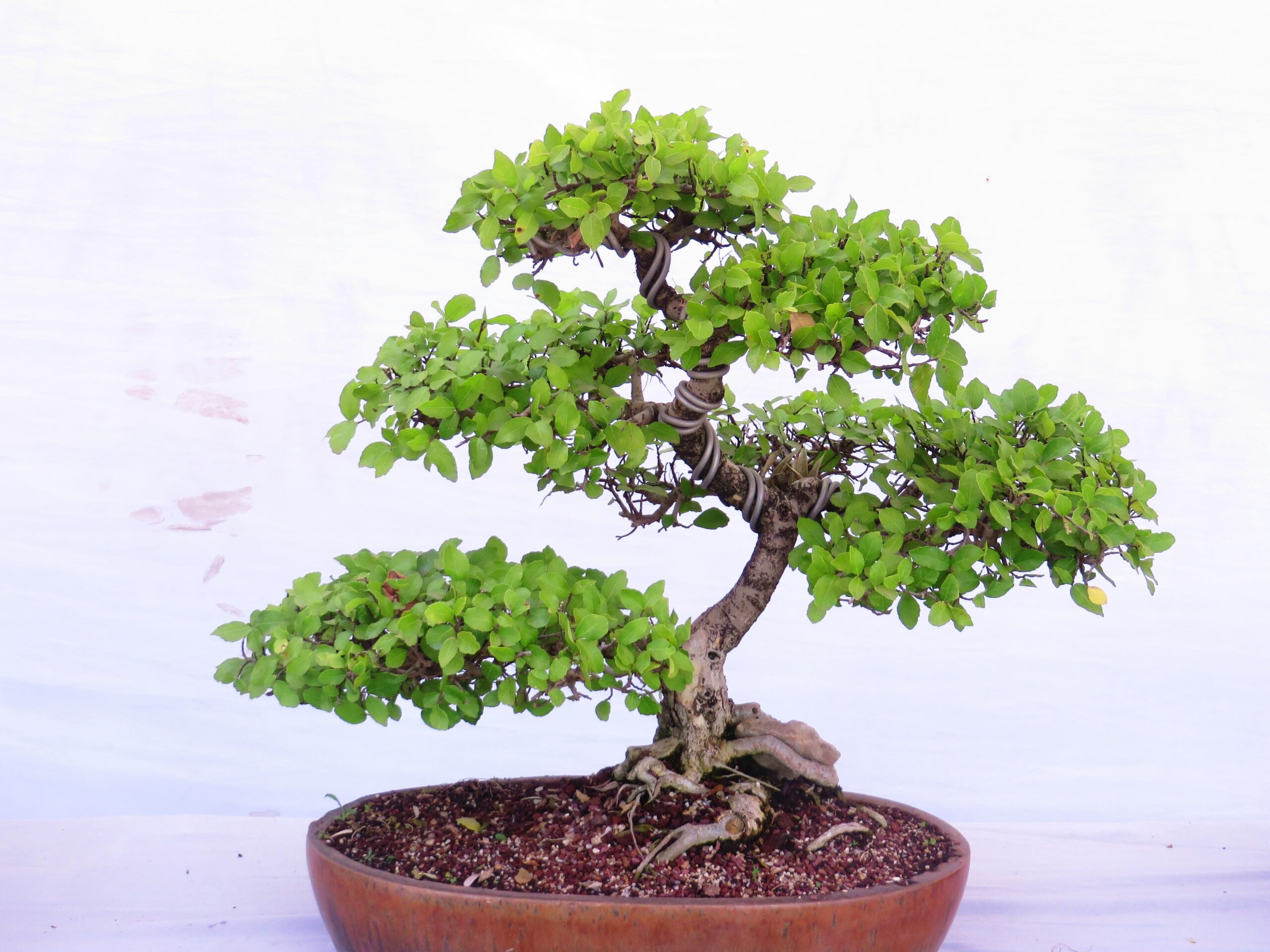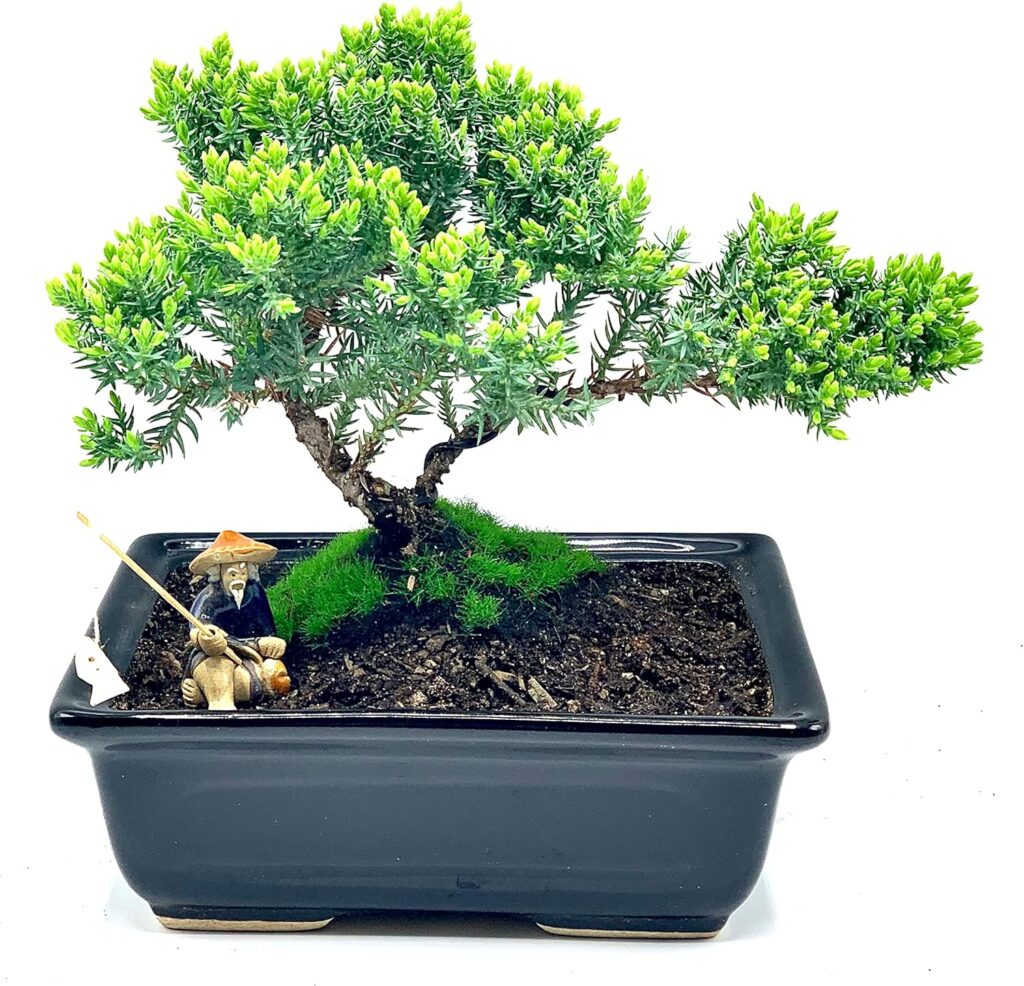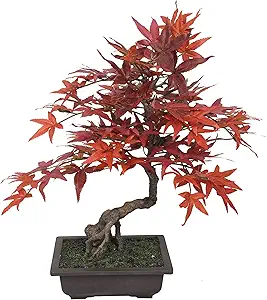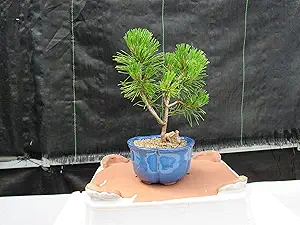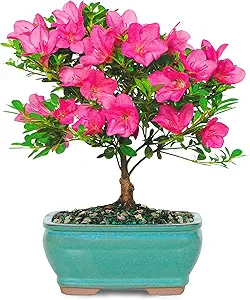Introduction
Konnichiwa! Bonsai trees are more than decorative plants—they’re living art, rich in culture, symbolism, and care. Originating over a thousand years ago, bonsai is a deeply meditative practice rooted in nature and discipline.
In this guide, you’ll explore the most popular types of bonsai trees, including their history, growth patterns, how to care for them, and expert maintenance tips to help your bonsai thrive.
What Is a Bonsai Tree?
The word bonsai (盆栽) means “planted in a container.” Though it became iconic in Japan, bonsai art began in ancient China as penjing before being refined by Japanese horticulturists into the minimalist, elegant form we know today.
Important note: Bonsai is not a species of tree. Instead, it is a technique that can be applied to many tree types.
🌲 Types of Bonsai Trees
Each bonsai species has unique characteristics, growth habits, and care requirements. Below are the most popular types in bonsai cultivation.
🟢 1. Juniper Bonsai (Juniperus spp.)
📜 History
Junipers are iconic in Japanese bonsai, particularly in mountainous and rugged bonsai styles like fukinagashi (windswept) and shari (exposed bark/deadwood).
🌱 Growth Pattern
- Evergreen conifer
- Needle-like or scale foliage
- Very flexible, great for wiring
🛠️ Care & Maintenance
- Sunlight: Full sun (6+ hours/day)
- Watering: Let soil dry slightly between waterings
- Pruning: Pinch new growth regularly
- Best For: Outdoor bonsai setups
🟢 2. Ficus Bonsai (Ficus retusa, Ficus benjamina)
📜 History
A tropical tree native to Asia and popular for indoor bonsai. Ficus is beginner-friendly and resilient.
🌱 Growth Pattern
- Broadleaf evergreen
- Strong roots, sometimes aerial
- Fast-growing with shiny foliage
🛠️ Care & Maintenance
- Light: Bright, indirect sunlight
- Watering: Keep soil consistently moist
- Humidity: Loves humidity—great for bathrooms or with a tray of water
- Best For: Beginners & indoor growers
🍁 3. Maple Bonsai (Acer palmatum)
📜 History
One of the most revered deciduous types of bonsai trees is the Maple. Loved for its delicate shape and vibrant autumn color.
🌱 Growth Pattern
- Deciduous tree
- Dramatic color changes by season
- Strong branching structure
🛠️ Care & Maintenance
- Light: Partial sun (avoid strong afternoon heat)
- Watering: Needs consistent moisture
- Pruning: After first flush of spring growth
- Best For: Intermediate growers who want a seasonal bonsai
🌲 4. Pine Bonsai (Pinus spp.)
📜 History
Pines symbolize longevity and wisdom. Commonly used in traditional Japanese bonsai, especially black pine and white pine.
🌱 Growth Pattern
- Evergreen conifer
- Clustered needles
- Long-lived and slow-growing
🛠️ Care & Maintenance
- Light: Full sun year-round
- Watering: Allow drying between watering
- Pruning: Advanced techniques like candle pinching
- Best For: Advanced growers with outdoor space
🌸 5. Azalea Bonsai (Rhododendron spp.)
📜 History
Azaleas, especially the Satsuki variety, are used for their spectacular spring flowers. Highly appreciated in Japanese exhibitions.
🌱 Growth Pattern
- Broadleaf evergreen
- Vibrant seasonal blooms
- Compact growth habit
🛠️ Care & Maintenance
- Light: Partial shade to avoid burning blooms
- Soil: Acidic (special azalea mix recommended)
- Watering: Moist, never soggy
- Best For: Flower lovers & seasonal display bonsai
🧰 General Bonsai Care Tips
Here are essential bonsai care guidelines that apply across all species:
🌞 Light Requirements
- Outdoor species (Juniper, Pine, Maple): Need full to partial sun
- Indoor species (Ficus, Jade): Require bright, indirect light
💧 Watering
- Check soil daily
- Water when the top 1–2 cm of soil feels dry
- Avoid standing water—drainage is crucial
✂️ Pruning & Wiring
- Maintain size and shape with regular pruning
- Use bonsai wire to train branches
- Remove wire before it cuts into bark (every 2–3 months)
🌱 Fertilization
- Use balanced bonsai fertilizer during the growing season (spring to early fall)
- Reduce feeding in winter or dormancy periods
🌍 Repotting
- Every 2–5 years depending on growth rate
- Trim roots carefully
- Use high-quality bonsai soil (e.g., akadama + pumice + lava rock)
🏡 Best Practices by Location
| Location | Recommended Bonsai Types | Notes |
|---|---|---|
| Indoors | Ficus, Jade, Chinese Elm | Needs bright, indirect light |
| Outdoors | Juniper, Maple, Pine, Azalea | Needs dormancy and airflow |
| Balcony/Patio | All types (if temperature allows) | Shelter from wind & frost |
🌿 Final Thoughts
Bonsai trees are not just beautiful decorations—they’re living pieces of art. Each type of bonsai tree offers unique characteristics and challenges, from the colorful foliage of maples to the rugged elegance of junipers.
Whether you’re a beginner looking for a resilient indoor ficus or a seasoned grower taking on the artistic intricacies of pine, there’s a bonsai tree that fits your lifestyle and passion.

